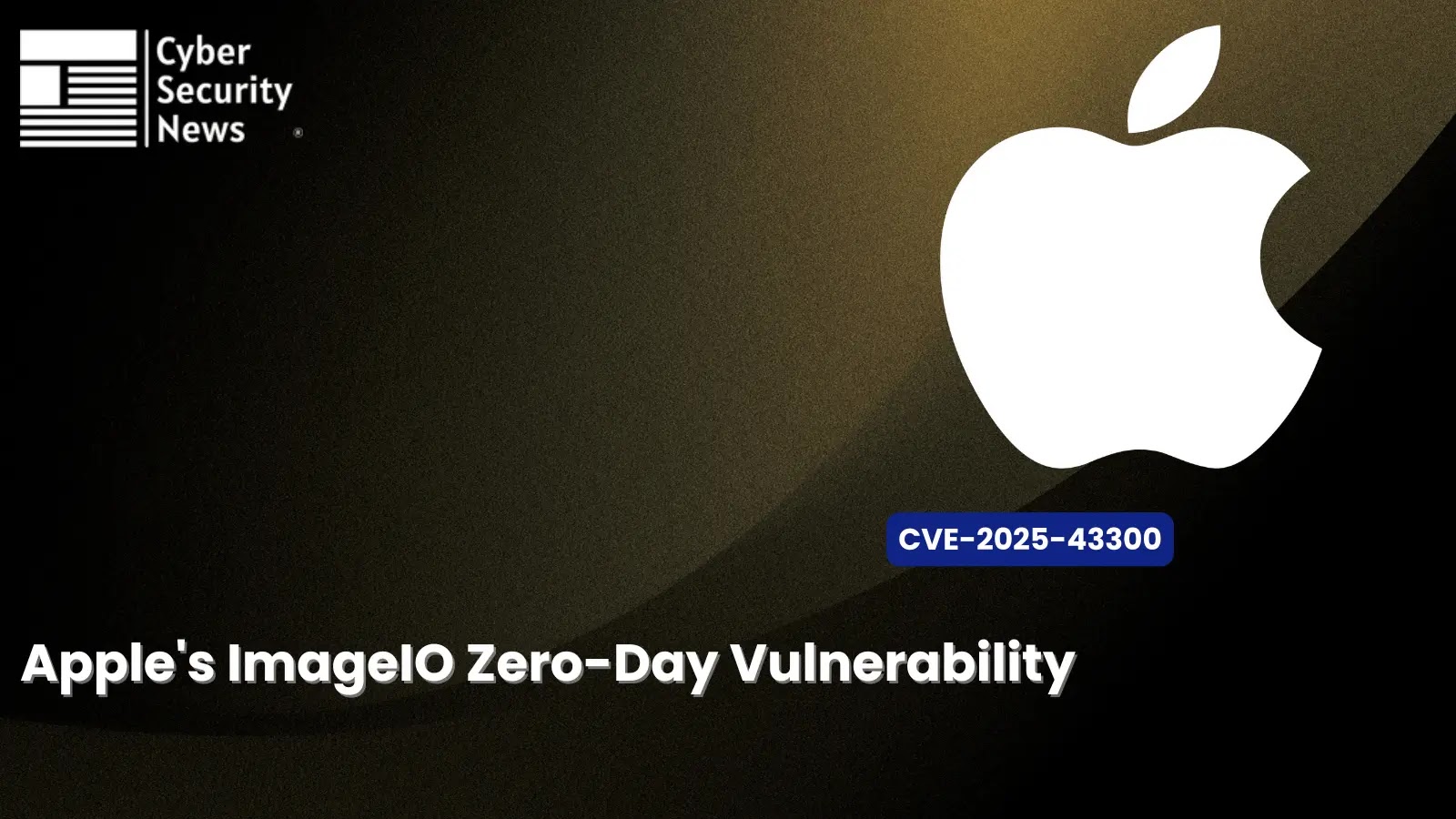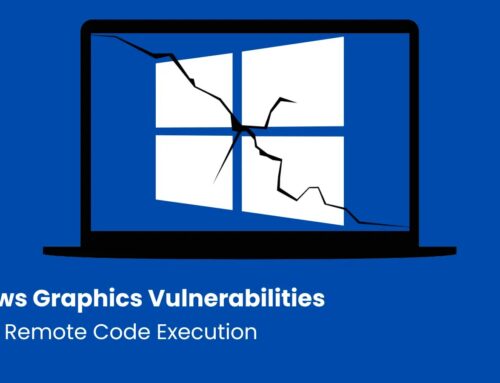
Analysis of Apple’s ImageIO Zero-Day Vulnerability: Attacker Context and Historical iOS Zero-Click Similarities
The digital perimeters protecting our most personal devices are under constant siege. A significant recent breach impacting Apple’s ecosystem, particularly the ImageIO framework, underscores this pervasive threat. This analysis delves into CVE-2025-43300, a critical zero-day vulnerability actively exploited in targeted attacks, highlighting its technical context, attacker motivations, and troubling parallels with historical zero-click exploits targeting iOS and macOS.
Understanding CVE-2025-43300: The ImageIO Zero-Day
Apple has deployed emergency security updates across its entire product line to address CVE-2025-43300. This vulnerability resides within the ImageIO framework, a core component responsible for handling image data in macOS, iOS, iPadOS, watchOS, and tvOS. ImageIO processes various image formats, making it a ubiquitous and high-privilege target for exploitation. The nature of this zero-day, as confirmed by Apple’s rapid response and its presence on CISA’s Known Exploited Vulnerabilities (KEV) catalog, suggests severe implications for user data and device integrity.
The active exploitation of CVE-2025-43300 signifies a sophisticated attack vector. Zero-day exploits are, by definition, vulnerabilities unknown to the vendor, granting attackers a window of opportunity to compromise systems before patches are available. The targeting of ImageIO, a fundamental system service, often facilitates initial access or privilege escalation, setting the stage for further malicious activity, including data exfiltration or persistent surveillance.
Attacker Context and Sophisticated Targeted Attacks
The term “sophisticated targeted attacks” often points to advanced persistent threat (APT) groups, nation-state actors, or highly skilled mercenary spyware vendors. These entities typically possess significant financial resources and technical expertise to develop and deploy zero-day exploits. Their objectives vary but frequently include:
- Espionage: Gaining access to sensitive information from government officials, journalists, human rights activists, or dissidents.
- Intellectual Property Theft: Compromising corporate networks to steal proprietary data or trade secrets.
- Surveillance: Covertly monitoring individuals or organizations.
The use of a zero-day in ImageIO suggests an attacker’s deep understanding of Apple’s operating systems and their internal intricacies. Such vulnerabilities are highly prized assets within the illicit cyber arms market due to their effectiveness and difficulty of detection before public disclosure.
Historical iOS Zero-Click Similarities
The ImageIO zero-day bears a striking resemblance to a disconcerting trend of zero-click vulnerabilities impacting Apple devices. Zero-click exploits are particularly insidious because they require no user interaction to compromise a device. Simply receiving a malicious message, email, or even connecting to a compromised Wi-Fi network can be enough for the attack to succeed. Past examples include:
- FORCEDENTRY (2021): Exploited via iMessage, targeting Apple’s BlastDoor sandbox, and famously used by NSO Group’s Pegasus spyware. This exploit leveraged a vulnerability in how iMessage handled GIF files.
- KISMET (2020): Another iMessage zero-click, also attributed to NSO Group, capable of infecting devices without user interaction by exploiting vulnerabilities in the Messages app.
- PROJECT RAINBOW BRIDGE (2023): While details are scarce, this refers to a series of zero-days, some of which were zero-click, reportedly used against targets in the Middle East, highlighting ongoing exploitation trends.
The ImageIO vulnerability, if exploited in a zero-click manner (which is highly probable given its nature as a core handler for externally rendered content), continues this alarming pattern. The framework’s role in processing images often means it’s one of the first components to interact with external, untrusted data, making it an ideal entry point for zero-click chains.
Remediation Actions for CVE-2025-43300
Given the critical nature of CVE-2025-43300 and its active exploitation, immediate action is paramount for all Apple users and organizations. Following these steps is crucial for mitigating risk:
- Immediate Software Updates: Apply all available security updates released by Apple for your macOS, iOS, iPadOS, watchOS, and tvOS devices without delay. These patches specifically address CVE-2025-43300.
- Enable Automatic Updates: Configure your devices to automatically download and install security updates to ensure timely protection against future threats.
- Exercise Caution with Untrusted Content: Be wary of unexpected messages, emails, or files, especially those from unknown senders. While zero-click exploits don’t require interaction, a cautious approach to content can reduce overall exposure.
- Implement Mobile Device Management (MDM): For organizations, leverage MDM solutions to enforce security policies, manage updates across fleets of devices, and monitor for suspicious activity.
- Network Segmentation and Monitoring: Implement robust network segmentation to limit the lateral movement of threats in case of a compromise. Deploy network monitoring tools to detect anomalous traffic patterns indicative of an exploit.
- Endpoint Detection and Response (EDR): Utilize EDR solutions on macOS endpoints to provide advanced threat detection, investigation, and response capabilities beyond traditional antivirus.
Relevant Tools for Detection and Mitigation
| Tool Name | Purpose | Link |
|---|---|---|
| Apple Software Updates | Primary mitigation for CVE-2025-43300; applies patches. | Included in OS Settings |
| Mobile Device Management (MDM) Solutions (e.g., Jamf Pro, Microsoft Intune) | Centralized management, patch deployment, and security policy enforcement for Apple devices in organizations. | Varies by vendor |
| Endpoint Detection and Response (EDR) Solutions (e.g., CrowdStrike Falcon, SentinelOne) | Advanced threat detection, monitoring, and response for macOS endpoints. | Varies by vendor |
| Network Intrusion Detection/Prevention Systems (NIDS/NIPS) | Detects and prevents malicious network traffic, including exploit attempts. | Varies by vendor |
Conclusion: The Persistent Challenge of Zero-Days
The patching of CVE-2025-43300 marks the seventh zero-day vulnerability Apple has addressed in 2025, a statistic that underscores the relentless and evolving challenges in securing consumer and enterprise technology. These incidents highlight the lucrative nature of zero-day exploits for sophisticated threat actors and the critical importance of a proactive security posture. For users and organizations alike, prompt patching, vigilance, and the deployment of layered security defenses remain the most effective strategies against these advanced threats. The ImageIO zero-day serves as a firm reminder that even highly secured ecosystems are not immune to the targeted ingenuity of determined adversaries.





